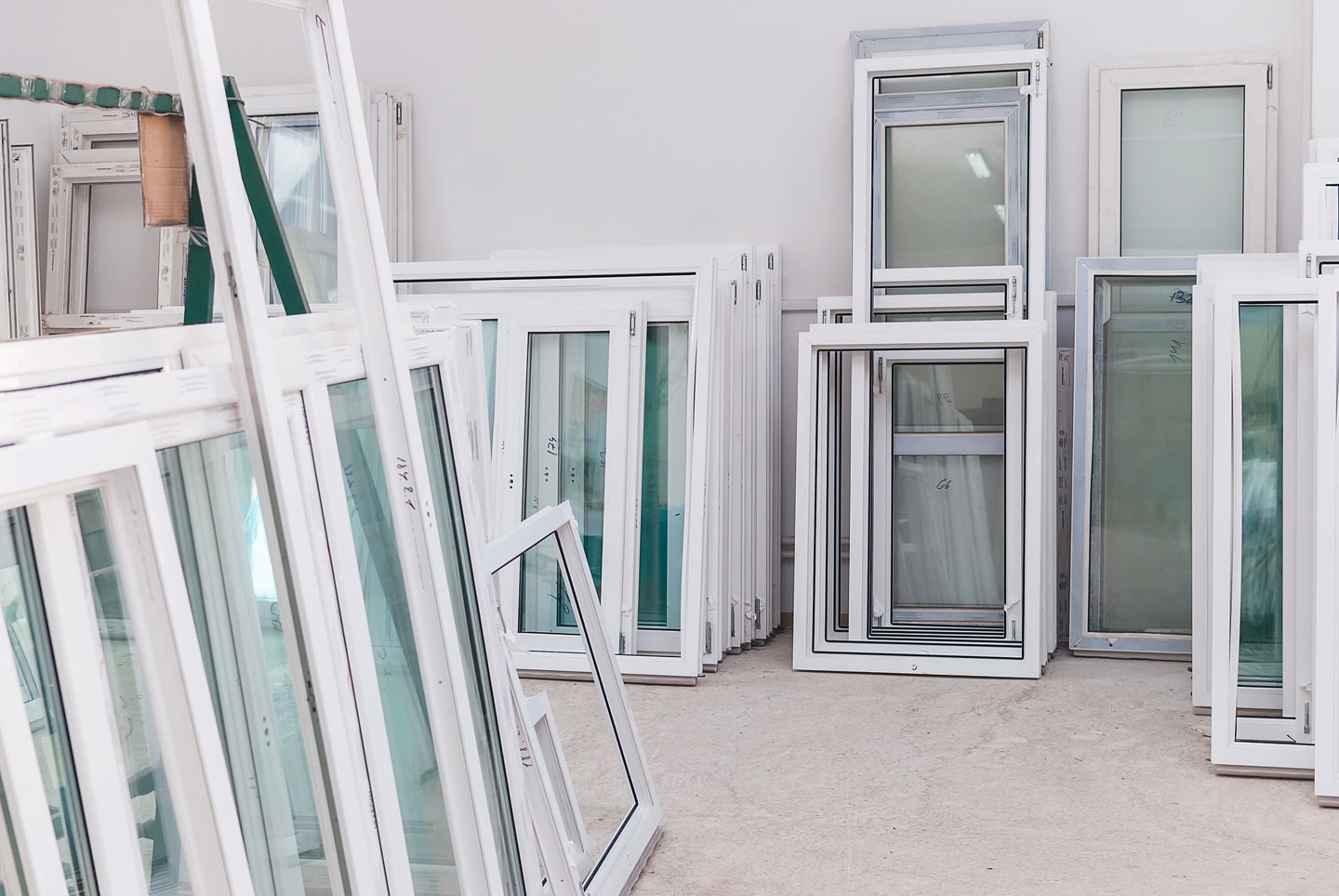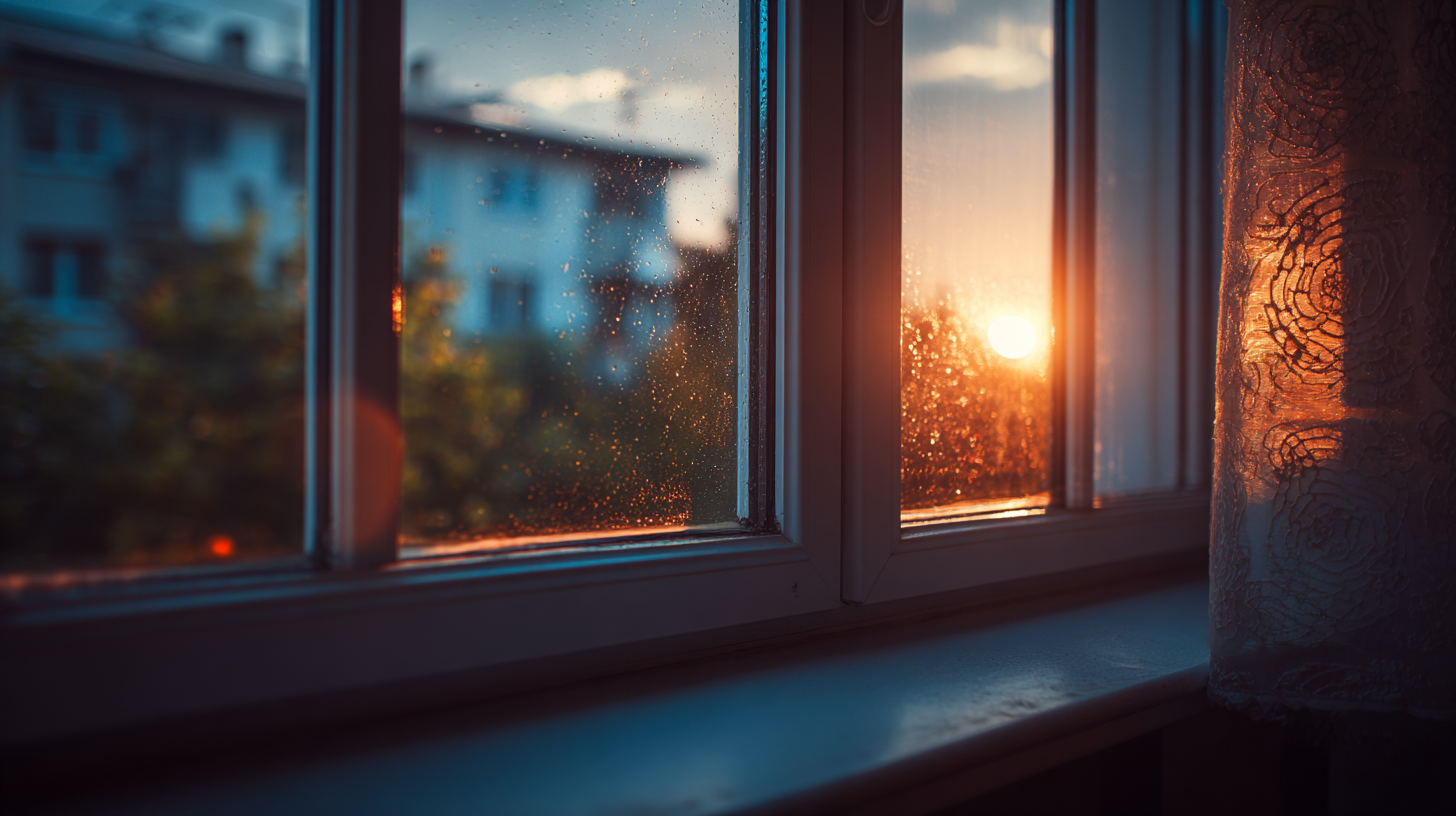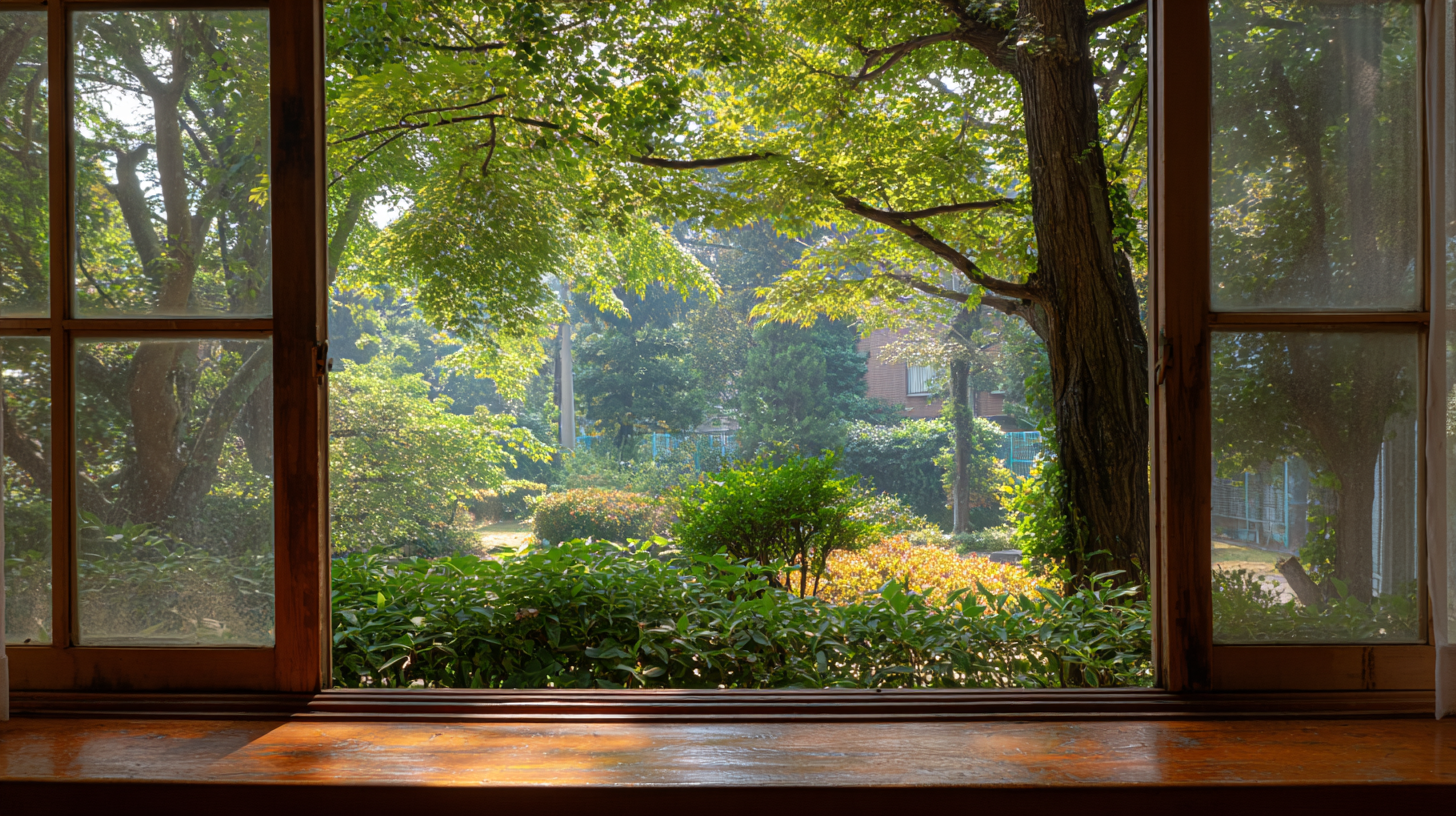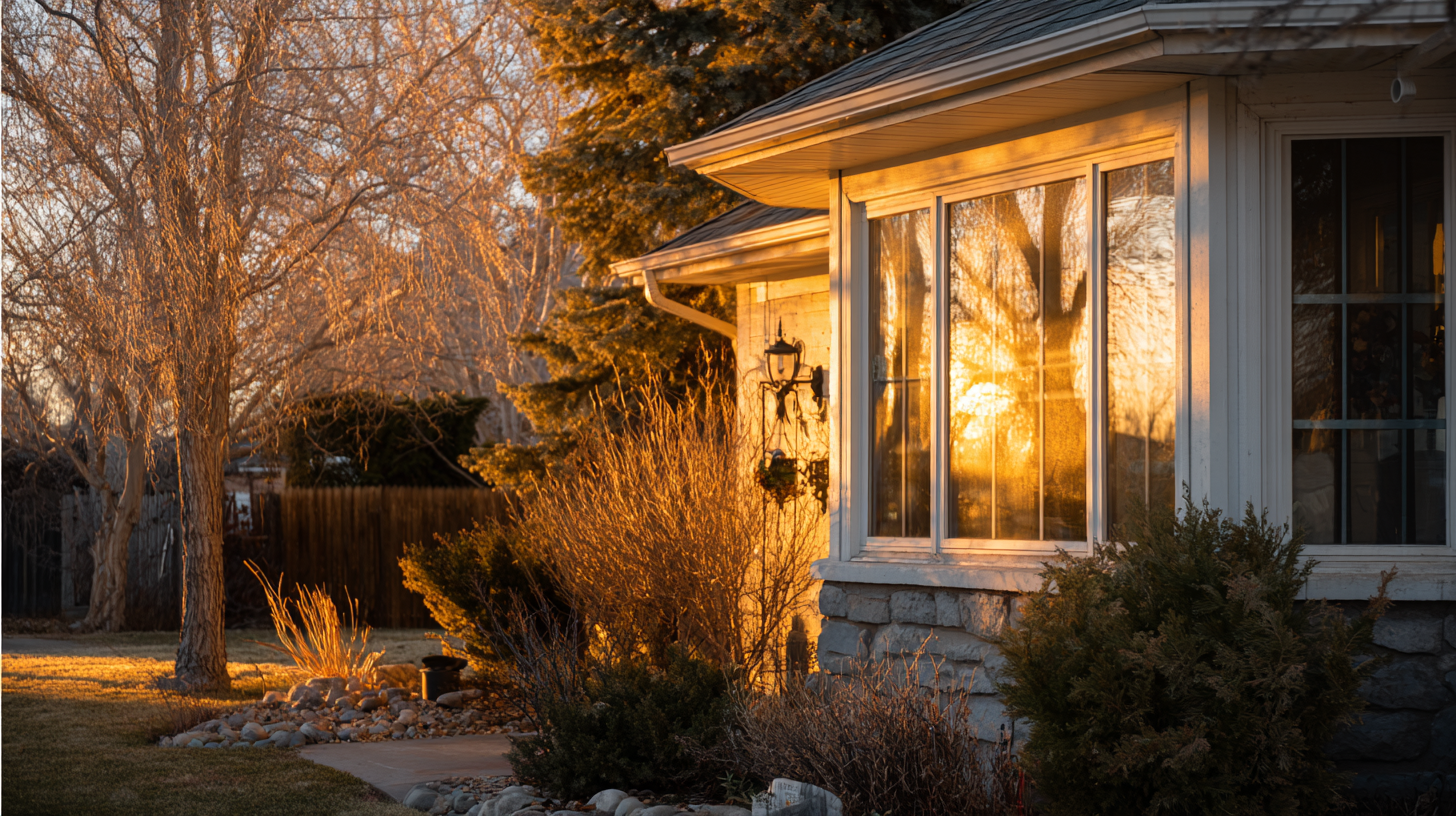
The Ultimate Guide to Choosing the Best Vinyl Fixed Windows: Insights and Data for Global Buyers
When it comes to selecting the ideal windows for your home, vinyl fixed windows represent a fantastic option for both aesthetics and energy efficiency. In "The Ultimate Guide to Choosing the Best Vinyl Fixed Windows," we dive deep into the essential factors that global buyers need to consider when making this important decision. From understanding the benefits of vinyl as a material to exploring various styles, sizes, and installation techniques, this guide equips you with valuable insights and data.

Whether you’re replacing old windows or building a new home, knowing how to choose the right vinyl fixed windows can enhance your living space and boost your property’s value. Join us as we navigate through expert recommendations and practical tips to help you make an informed choice that aligns with your vision and budget.
Understanding Vinyl Fixed Windows: Key Features and Benefits for Buyers
When considering vinyl fixed windows, it's essential to understand their key features and benefits, which make them a popular choice for homeowners and builders alike. One of the standout attributes of vinyl fixed windows is their energy efficiency. Constructed with multi-chambered frames, these windows effectively trap air, providing excellent insulation and minimizing heat transfer. This not only helps in maintaining comfortable indoor temperatures throughout the year but also contributes to significant energy savings, making them an environmentally friendly option.
In addition to energy efficiency, vinyl fixed windows are celebrated for their durability and low maintenance. Unlike wood frames that require regular painting or sealing, vinyl does not rot, warp, or fade under exposure to harsh weather conditions. This resilience ensures a long lifespan, making them a smart investment for anyone looking to enhance their property.
Furthermore, they come in a variety of styles and finishes, allowing homeowners to choose windows that perfectly complement their architectural aesthetics while benefiting from their excellent performance.
Navigating International Trade Regulations: Import and Export Certifications Explained
When venturing into the international market for vinyl fixed windows, understanding import and export regulations is paramount. Every country enforces specific certifications that ensure products meet safety and quality standards. According to a report by Statista, the global window and door market is projected to reach nearly $300 billion by 2025, emphasizing the importance of compliance for manufacturers looking to capture international markets. For example, in the European Union, the CE marking indicates conformity with health, safety, and environmental protection standards, crucial for gaining market entry.
Furthermore, the U.S. holds its own set of stringent regulations. The American Society for Testing and Materials (ASTM) provides testing standards that products must pass to ensure durability and performance. In 2021, the U.S. vinyl window market was valued at over $4 billion, highlighting the significant demand for high-quality products. Understanding these certifications not only facilitates smoother transactions but also boosts consumer confidence in the products being offered. As global buyers navigate these complex regulations, keeping abreast of the latest industry reports and compliance requirements is essential for successful international trade.
The Ultimate Guide to Choosing the Best Vinyl Fixed Windows: Insights and Data for Global Buyers
| Country | Import Regulations | Export Certifications Required | Average Cost per Unit ($) | Market Demand (units) |
|---|---|---|---|---|
| USA | EPA Certification, Energy Star Compliance | N/A | 250 | 500,000 |
| Germany | CE Marking, EN 14351 compliance | FSC Certification | 300 | 300,000 |
| Australia | Building Code of Australia, AS 2047 | Watermark Certification | 280 | 250,000 |
| Canada | Energy Efficiency Regulations, CSA Certification | N/A | 270 | 200,000 |
| UK | Building Regulations, Energy Performance Certificate | N/A | 320 | 150,000 |
Essential Factors to Consider When Selecting Vinyl Fixed Windows for Your Project
When selecting vinyl fixed windows for your project, several essential factors must be taken into account to ensure you make the best choice. First, the energy efficiency of the windows is crucial. Look for products with a high Energy Star rating, as they can help lower energy costs while contributing to a more comfortable indoor environment. Additionally, consider the insulation properties offered by the windows; double or triple-glazed options can significantly enhance thermal performance and noise reduction.
Another important aspect to consider is the style and design of the vinyl fixed windows. The aesthetic appeal should align with the overall architecture of your building and personal taste. Options vary from contemporary to traditional styles, so you have the flexibility to choose windows that will complement your space. Moreover, pay attention to the color and finish of the vinyl, as this can impact not only the visual appeal but also the long-term maintenance and durability of the windows. Ultimately, choosing the right vinyl fixed windows involves balancing functionality, energy efficiency, and aesthetic value to meet both your practical needs and aesthetic aspirations.
The Ultimate Guide to Choosing the Best Vinyl Fixed Windows
This chart illustrates the key factors considered by global buyers when selecting vinyl fixed windows for their projects. The data reflects the percentage of importance assigned to each factor based on market research.
Step-by-Step Guide to Installing Vinyl Fixed Windows: A Practical Tutorial
When installing vinyl fixed windows, a practical tutorial can significantly enhance your experience and ensure a flawless setup. The first step involves gathering essential tools and materials, including a measuring tape, level, and caulk. Begin by measuring the window opening accurately to ensure a perfect fit for your new windows. It’s important to follow the manufacturer’s guidelines for sizing, as improper measurements can lead to gaps that compromise energy efficiency.

Once you have the right measurements, prepare the opening by clearing away any debris and old materials. Next, place the vinyl fixed window into the opening, ensuring it is centered and level. Use shims to adjust the window until it is perfectly aligned, then secure it in place with screws as per the installation instructions. Before sealing the edges with caulk, double-check that the window operates smoothly and is securely fastened. This meticulous process not only guarantees optimal performance but also enhances the aesthetic appeal of your home.
Comparing Leading Brands: Insights on Quality and Cost for Global Buyers
When it comes to selecting vinyl fixed windows, understanding the competitive landscape of leading brands is crucial for buyers globally. According to recent industry reports, the vinyl window market is projected to grow at a compound annual growth rate (CAGR) of 6.5% from 2021 to 2028, driven largely by increased construction activity and rising consumer demand for energy-efficient products. Brands such as Anderson, Pella, and Simonton are frequently highlighted as top performers, each boasting unique selling propositions that cater to diverse consumer preferences. For instance, Anderson is known for its Ultra Insulating glass technology, which can improve energy efficiency by up to 40%.

Additionally, cost considerations remain a significant factor for global buyers. A comprehensive review of market prices indicates that high-quality vinyl fixed windows typically range from $500 to $1,200 per unit, depending on brand reputation and features. For instance, Simonton offers competitive pricing starting from around $350, making it an attractive option for budget-conscious homeowners. On the other hand, premium choices like Pella’s Lifestyle Windows can exceed $1,800, yet they frequently provide enhanced aesthetics and durability. By comparing these leading brands, buyers can better navigate their options to find windows that align with their quality expectations and budget constraints.

